Lieutenant Colonel Pham Vu Son, Head of the Collection Department, Vietnam Military History Museum, was assigned to receive and transport the C-130 aircraft nicknamed "pack horse" to the new museum under construction on Thang Long Avenue, Hanoi .
Talking to VnExpress , Lieutenant Colonel Son said the plane has a wingspan of more than 40 meters, a body length of more than 30 meters, is nearly 12 meters high, has 4 engines, and is the main means of air transport of the US military when conducting the war in Vietnam.
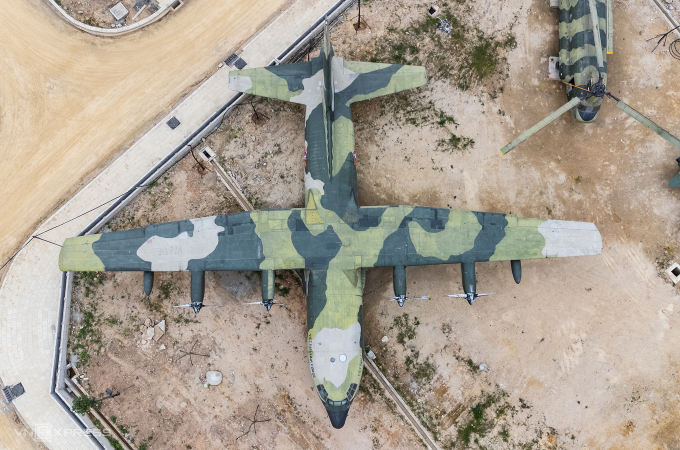
A C-130 military transport aircraft is located at the square in front of the Vietnam Military History Museum on Thang Long Avenue. Photo: Giang Huy
13 years ago, when Mr. Son was still a lieutenant, the museum received a decision to transfer the C-130 aircraft as an exhibit. However, the museum at 28A Dien Bien Phu Street, Ba Dinh District did not have enough space, so the aircraft was sent to Factory A41 of the Air Defense - Air Force in Ho Chi Minh City for preservation.
"A large vehicle like the C-130 will need a display area at least three times the size of the object. The aircraft has a wingspan of more than 40 meters, making it difficult for the museum to arrange a suitable location for visitors," said Mr. Son.
When the project to build the Vietnam Military History Museum at a new location was accelerated, the task of bringing the "pack horse" to Hanoi was set with great determination. However, after more than 30 years of exposure to the sun and rain, the aircraft had severely degraded, most of the internal components were damaged. Repair and restoration work was very costly, time-consuming and was only completed in 2019. Therefore, it was not until early 2023 that the museum began the task of transporting the C-130 to the new facility.
Complicated disassembly process
Unlike other artifacts, the large-sized equipment had to be transported by road to the museum. The C-130 weighed 23 tons and had to be disassembled into many parts to be transported by five oversized trailers. The largest trailer carried the fuselage, weighing 7 tons and measuring 30 meters long. Two other trailers carried the two wings and four engines. The tailplane, landing gear, tires, and components were on the remaining two trailers.
The process of disassembling the C-130 aircraft involves many complicated steps, carried out by a technical team of nearly 20 officers and engineers of Factory A41, under the Technical Department of the Air Defense - Air Force. They are responsible for both the disassembly and reassembly stages when arriving in Hanoi.
The principle is to disassemble the factory assembly joints and the manufacturer's instructions correctly. The workload is large, the parts are also very heavy, so each operation must be absolutely careful, following the technical process, cannot be done quickly or shortened to avoid damaging the artifacts. "These artifacts are all very valuable, if damaged, they cannot be replaced," said the Head of the Collection Department.
Technical staff at Factory A41 begin steps to restore and repair a C-130 aircraft. Photo: Vietnam Military History Museum
First, technical staff surveyed, assessed the current situation and prepared manpower and equipment. After collecting enough data, engineers designed a separate "technical support", a steel load-bearing system, for each part of the aircraft. The purpose was to ensure that the aircraft wing, which weighed several tons, would not move during disassembly. The wing was then pushed away from the fuselage by wheels mounted under the support.
"Without the correct standard bracket, removing just one or two screws will cause the wing to sag, damaging the joints. Once damaged, it is very difficult to reassemble as before because the components require absolute precision," said Lieutenant Colonel Son.
The loading of aircraft parts onto transport vehicles is also calculated to save space, limit the number of vehicles, but also ensure that there is no collision when going through bad roads.
More than 10 transport and escort vehicles
The C-130 departed for Hanoi on the evening of October 11, 2023, during the rainy and stormy season in the Central provinces. At that time, the convoy of nearly ten vehicles, in addition to five tractors carrying aircraft parts, also included a van, an official vehicle, vehicles carrying logistics and technical staff, and sometimes even a guide vehicle of the traffic police or military control force.
The distance from Ho Chi Minh City to Hanoi is about 1,700 km, but the group cannot follow the available routes but must choose a different route depending on road conditions. Before the trip, the transport unit must survey, measure, and note all details, bridges, and traffic signs on the road.
The advance team looked for a route to avoid the ticket checkpoint due to oversized vehicles; avoid bridges that could not handle the load; and calculate whether the approach road to the bridge was wide enough for the vehicle to turn. "Considering all factors, avoiding above, avoiding below, the distance extended to 1,800 km," said Mr. Son.
The nearly 30-meter-long fuselage of the C-130 aircraft is placed on a super-heavy tractor to be transported to Hanoi. Photo: Vietnam Military History Museum
The most complicated situation was when the convoy moved through the Central Highlands provinces, especially in Dak Lak, where the mountains were rugged, steep, winding, and the roads were narrow. The convoy commander asked the drivers to maintain the agreed speed to ensure safety. The vanguard vehicle increased observation and proactively developed plans to respond to situations. "There were dangerous curves, so the whole convoy had to get out of the car to act as a navigator for the driver. On those roads, even a small mistake could lead to a dangerous situation," said Lieutenant Colonel Son.
On favorable days, the group travels 100-200 km, but on bad weather days, the winding roads can only cover 30 km. The vanguard vehicle must plan for the group's food and lodging. When it gets dark, the group moves the vehicles to a separate parking lot and arranges guards to ensure the safety of the vehicles and exhibits.
The coordination between localities and military regions on the marching route was closely coordinated. When passing through urban areas, there were additional police and military control forces to support the route and help the convoy move smoothly.
On the evening of October 20, after 9 days, all the components of the C-130 were present at the square area of the Vietnam Military History Museum on Thang Long Avenue for installation. However, this was also a difficult problem because in the outdoor space of the museum there were not many standard tools and technical equipment to support the disassembly in the workshop.
According to Lieutenant Colonel Son, the engineers and experts of Factory A41 worked together very professionally, so the task of transporting and installing the "workhorse" C-130 in the outdoor display area was finally completed. "They know the parts and details of the aircraft like the back of their hands, knowing the location of every screw," said Mr. Son.
Lieutenant Colonel Pham Vu Son said that the safe transport of the C-130 to the museum was the wish of many generations of cadres of the Vietnam Military History Museum. Because this is an artifact "representing the great victory of the nation, an important trophy that the Vietnam People's Army obtained when defeating a military power like the US".
Tractors transporting C-130 aircraft through Deo But tunnel, Ky Anh district, Ha Tinh province. Video: Vietnam Military History Museum
The Vietnam Military History Museum project started in 2020, covering an area of nearly 39 hectares with the main exhibition space being a 35.8 m high, 23,000 m2 building, including 4 floors above ground and one semi-basement floor. According to the plan, the project will complete phase one in June, including the exhibition areas on the first floor of the main building, the square, the memorial and auxiliary items. It is expected that the project will be inaugurated by the end of 2024, serving the domestic and international public.
The C-130 is a medium-sized, wide-body transport aircraft, officially put into service with the US Air Force and Navy in 1956. The version on display at the Vietnam Military History Museum is the first generation C-130, using an Allison T56 tri-blade turboprop engine.
The aircraft can carry 19 tons of cargo or 64 paratroopers. The fuselage is 29.8 m long; wingspan 40.4 m; height 11.6 m; empty weight (original) 34.4 tons, maximum take-off weight 70.3 tons. After the country's reunification on April 30, 1975, Vietnam captured 7 C-130s and immediately added them to the force serving the war to protect the southwestern border.


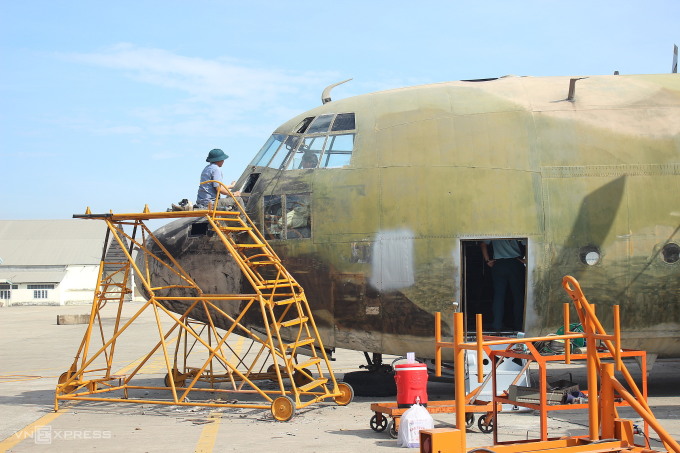
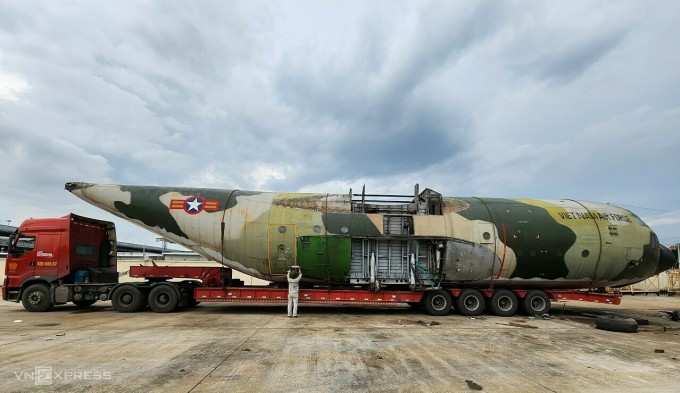
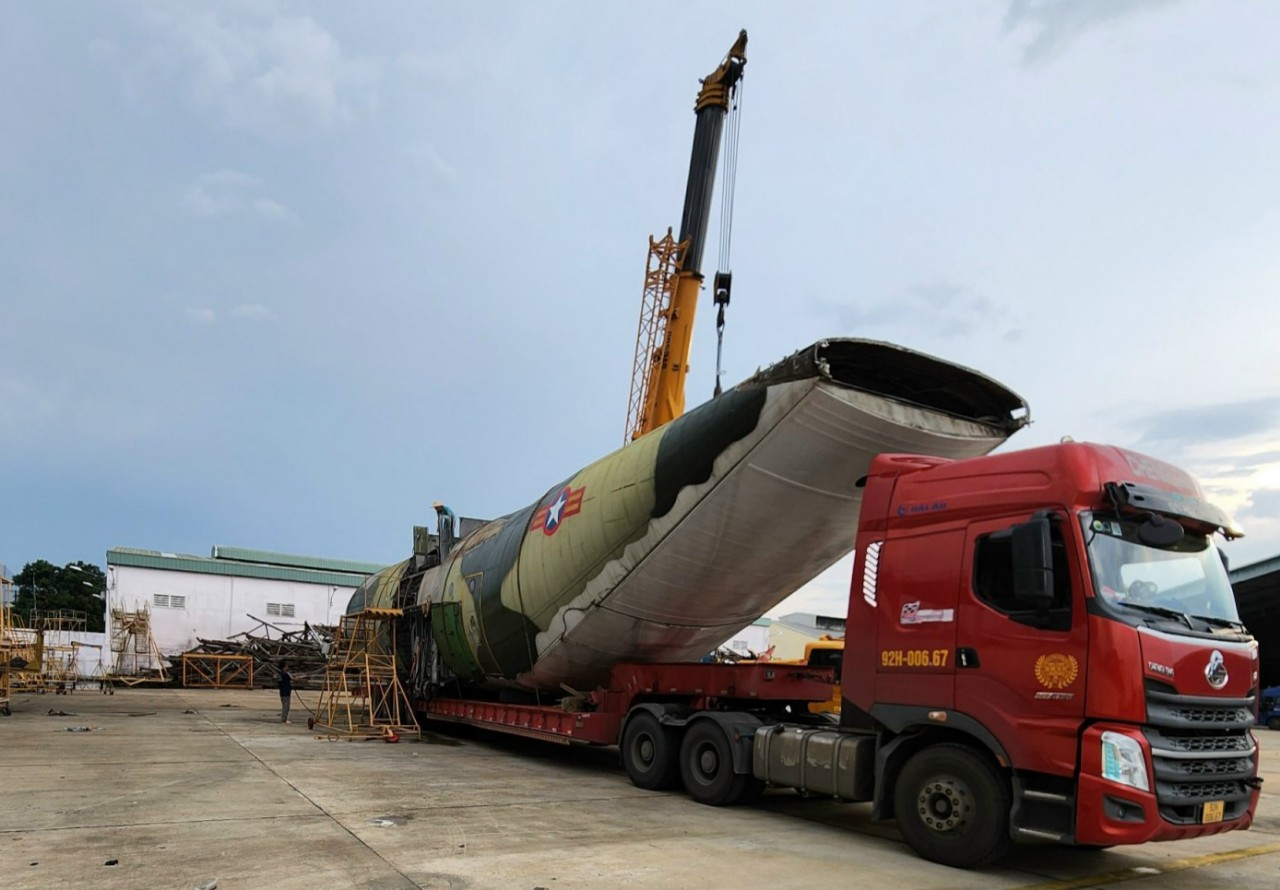

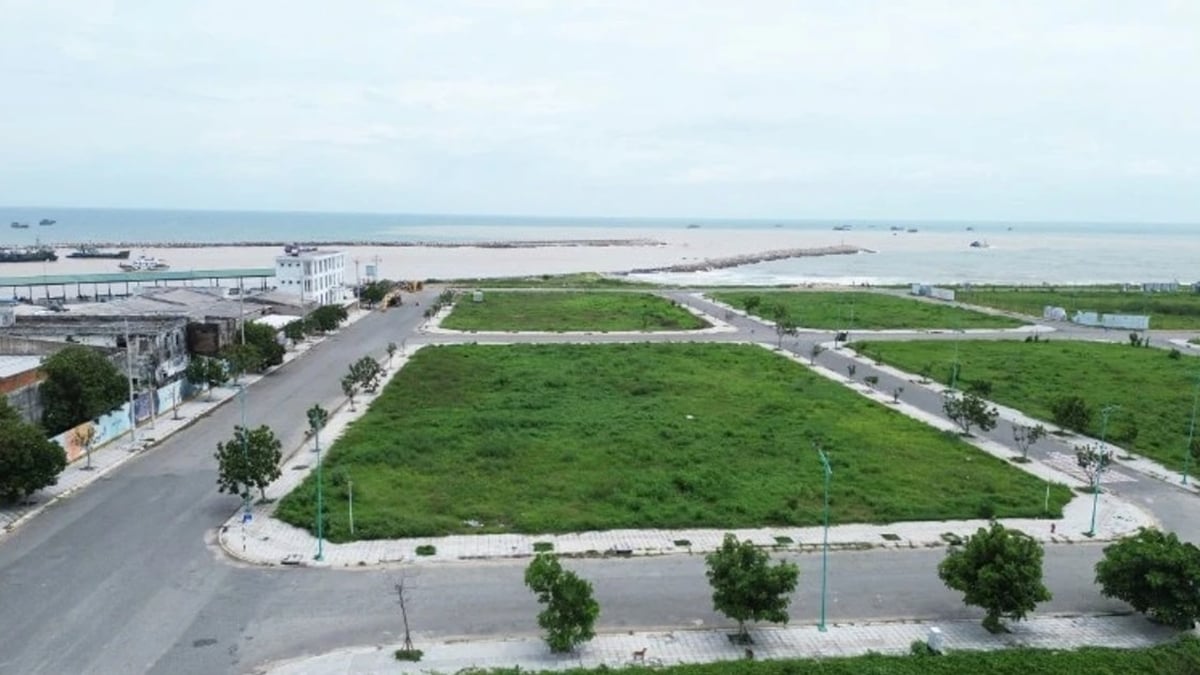

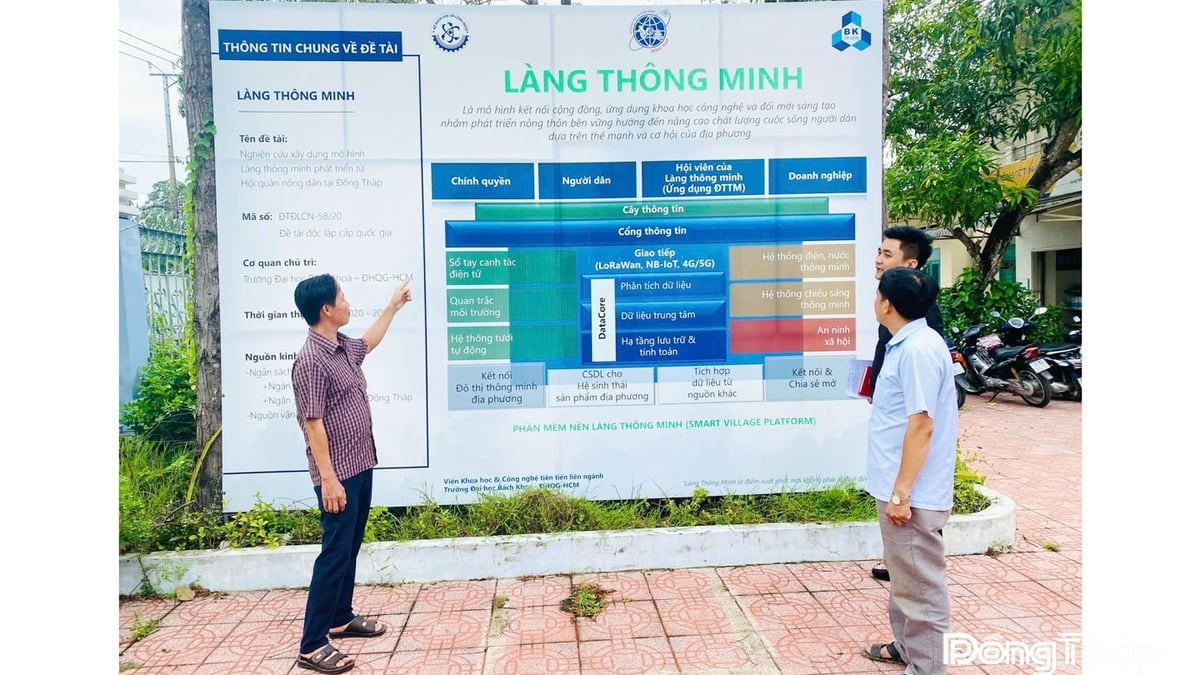


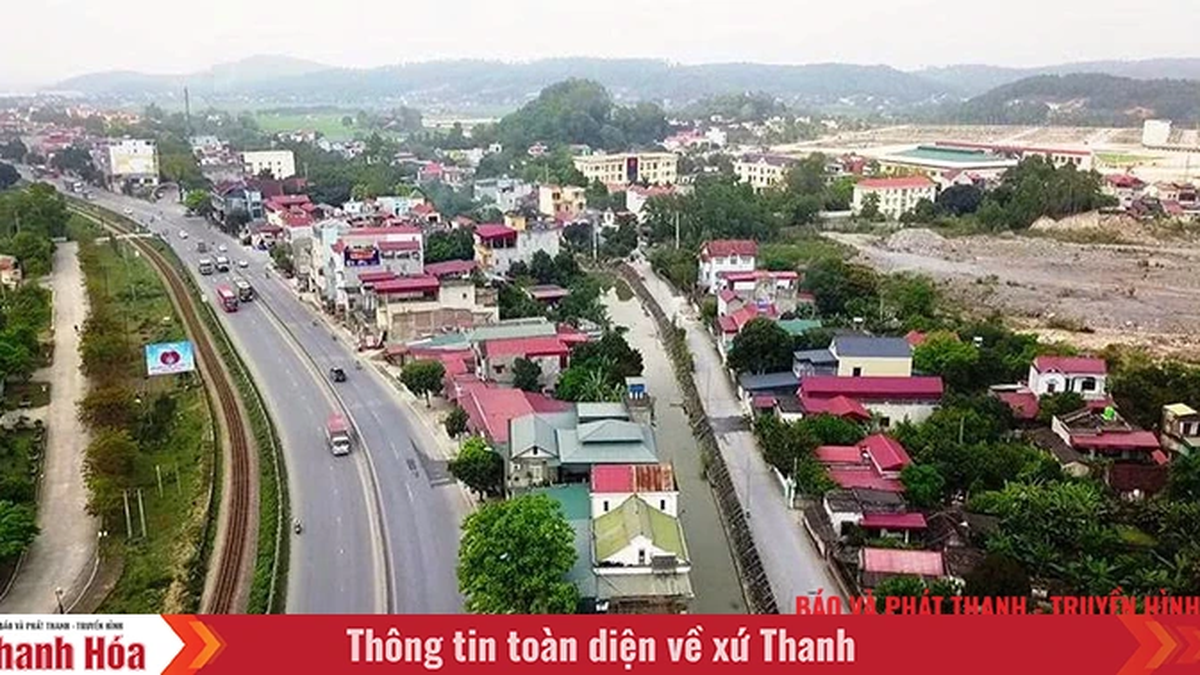














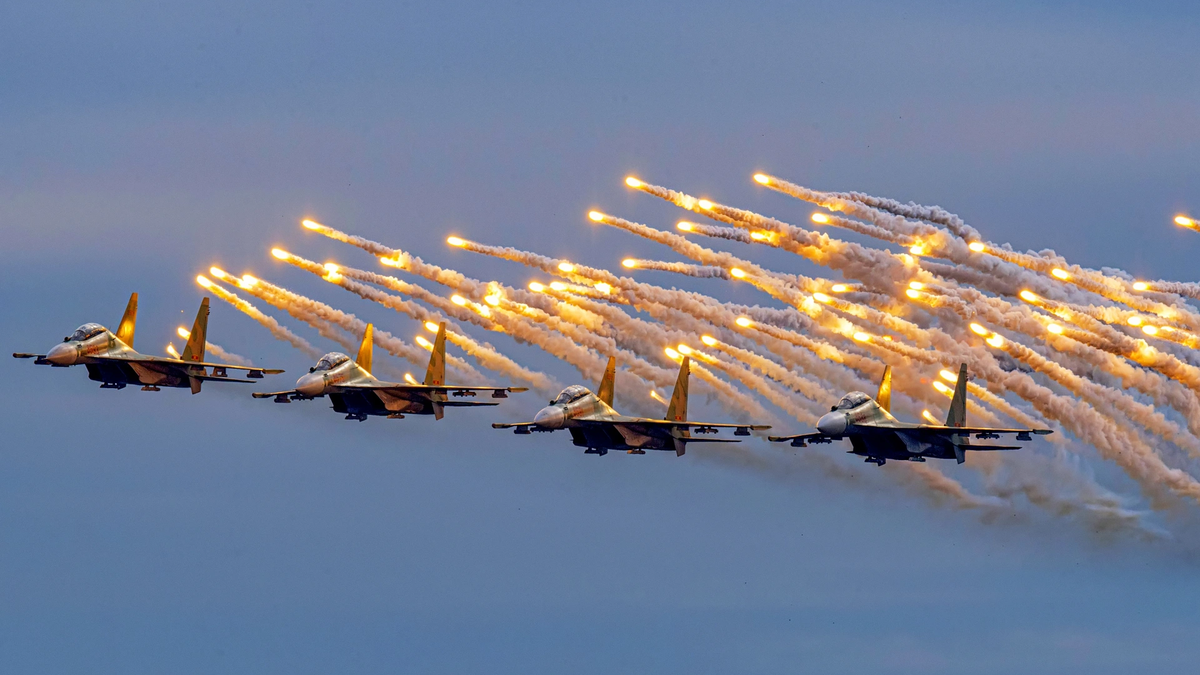


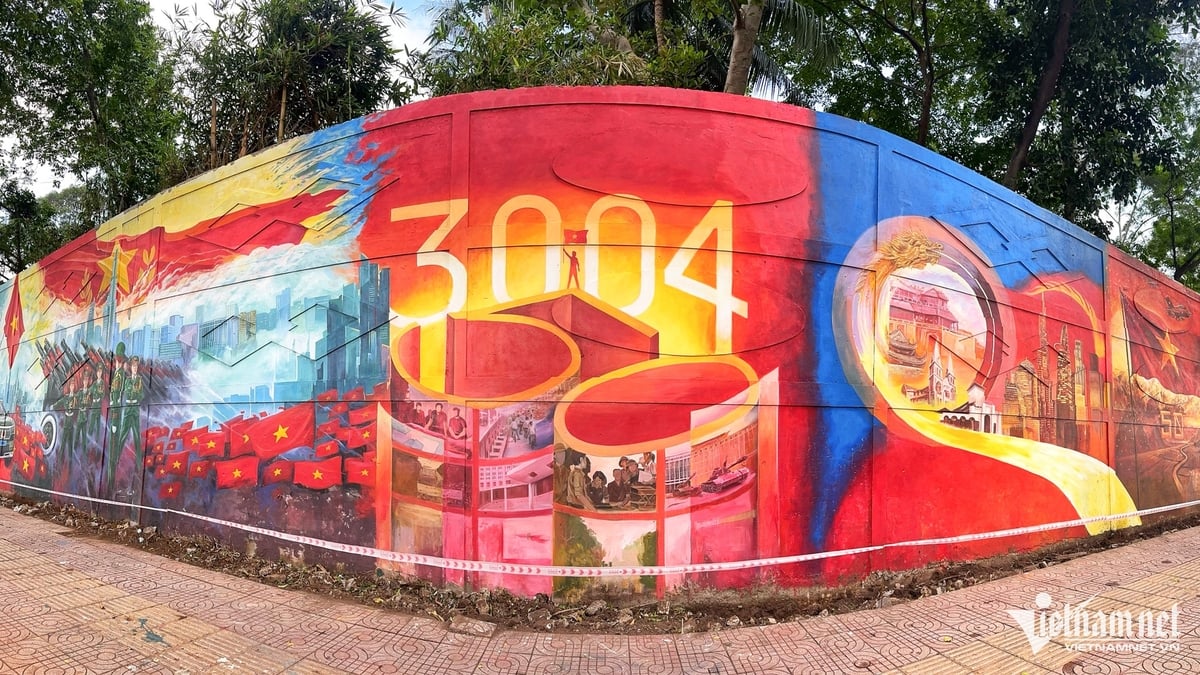



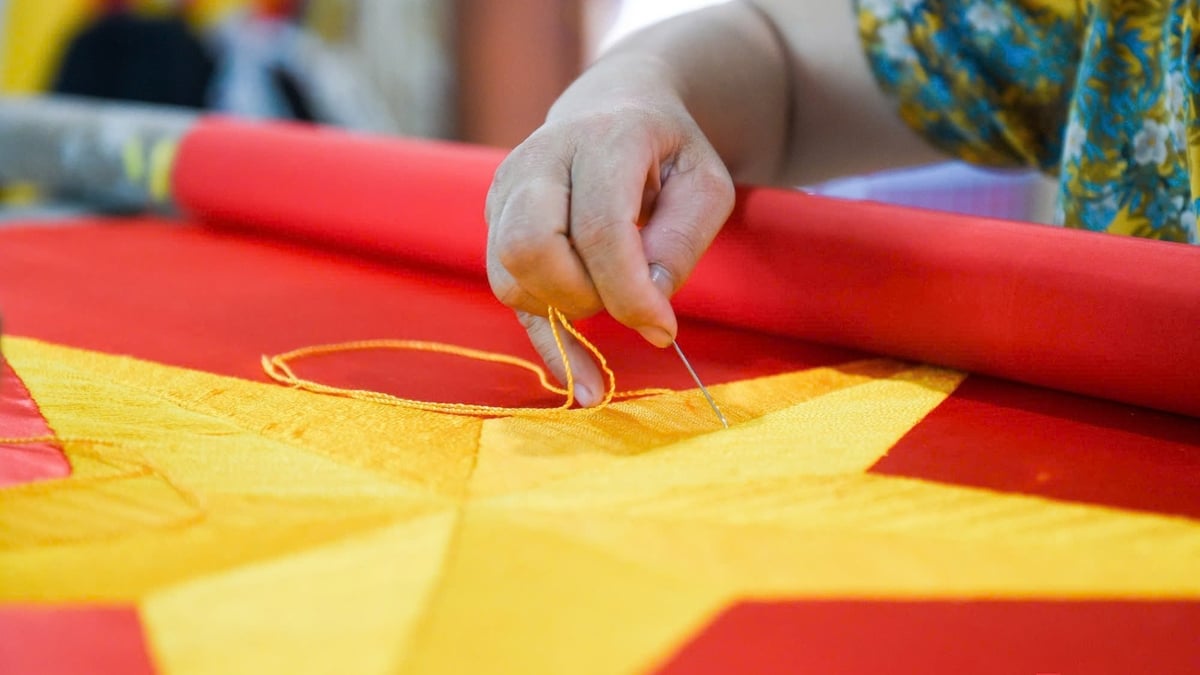







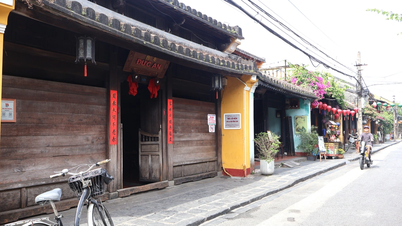

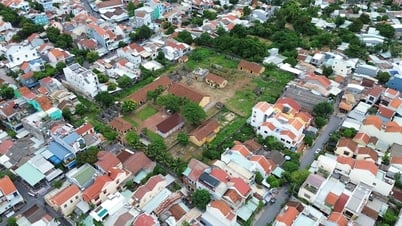














![[Maritime News] Two Evergreen ships in a row: More than 50 containers fell into the sea](https://vphoto.vietnam.vn/thumb/402x226/vietnam/resource/IMAGE/2025/8/4/7c4aab5ced9d4b0e893092ffc2be8327)

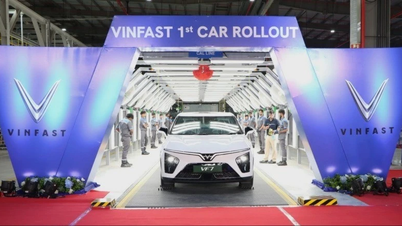






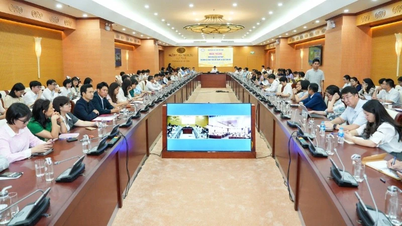

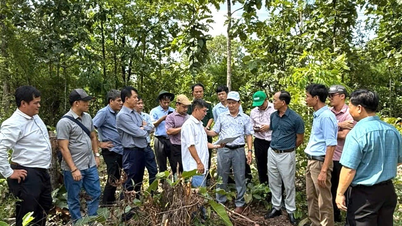

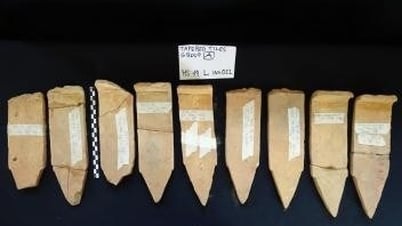









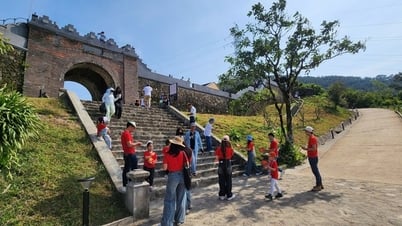









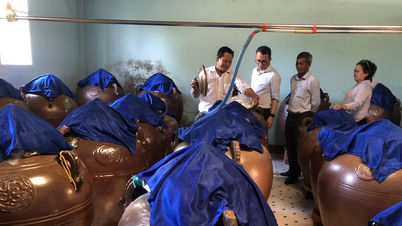










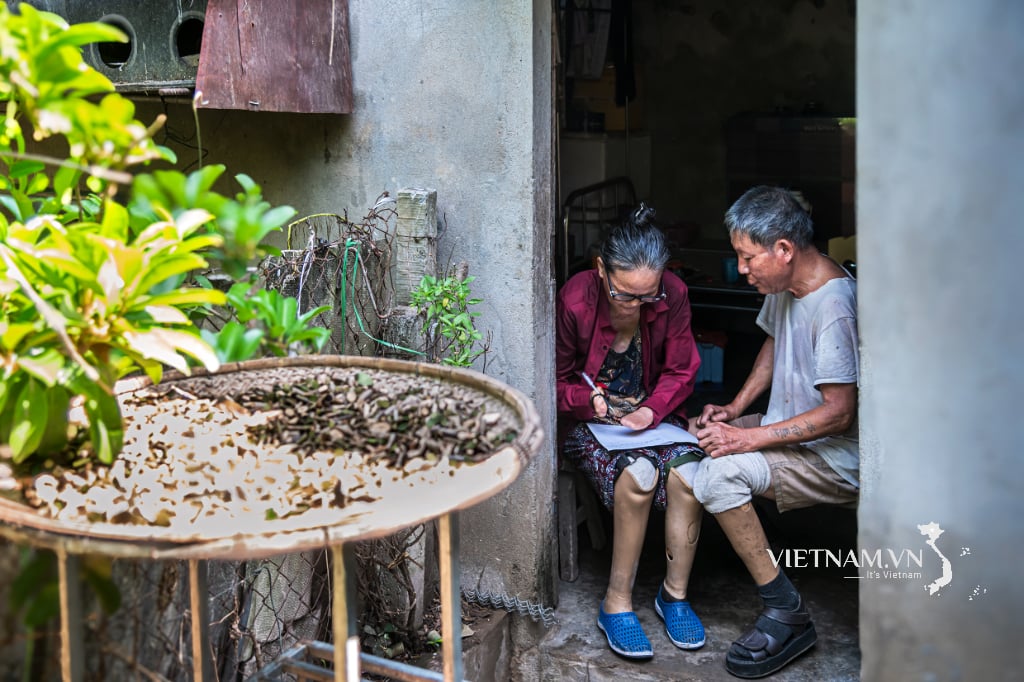
Comment (0)